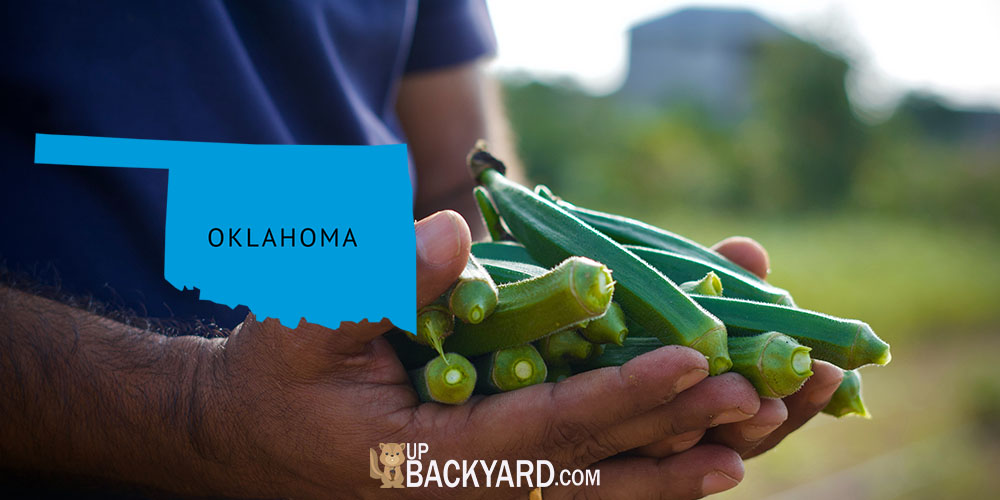If you love planting your own vegetables and you’re especially fond of okra, the good news is that it is fairly easy to grow. In Oklahoma, where temperatures can get rather cold during the winter months, you have to know exactly when to plant them so you can be successful.
Of course, it isn’t complicated to grow okra in Oklahoma, but you do have to learn when and how to plant this veggie so that it turns out just right.
In general, it’s best to plant okra when the soil at planting depth is at least 70 degrees Fahrenheit so that it’s warm enough to take.
If you plant okra too late in the spring, the flowers of some varieties may not bloom well. This is why it’s important to learn all you can about planting and growing okra in Oklahoma before you go out and purchase your seeds.
What Is Okra?
Okra, or Abelmoschus esculentus, is part of the Okramallow family. It is a heat-tolerant crop that produces both flowers and fruits when the summer temperatures get high, and it does this until the first frost occurs. Okra is a traditional southern dish that originated in Africa.
Okra is fairly nutritious and contains vitamins A and C, riboflavin, niacin, thiamine, calcium, and potassium. You can eat okra fresh or cook it in various dishes, and in Oklahoma, you can usually get between 10,000 and 12,000 pounds of okra per acre of farmland.
Unbeknownst to many people, okra comes in both red and green varieties. They taste the same, however, and the red variety turns green when it’s cooked. While we tend to call okra a vegetable, it is biologically a fruit. Okra is also sometimes called “lady fingers.”
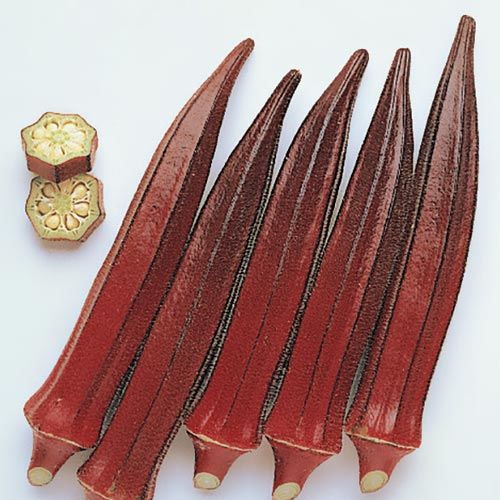
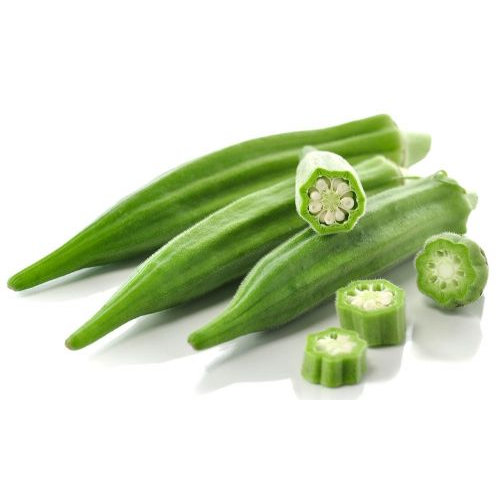
Some of the nutritional advantages of okra include:
- It may bind to cholesterol in the body and remove it, lowering the risk of heart disease
- It is filled with free radical-fighting antioxidants
- It contains a protein that stops cancer cells from growing
- It may help lower blood sugar levels
- It contains folate (vitamin B9), which is beneficial to developing fetuses
The most common use for okra is as an addition to soups and stews, most notably Cajun dishes such as gumbo. But many people eat it as a side dish when they want to add extra taste and nutrition to their dinner plates.
How to Determine When to Plant Your Okra?
Planted in the spring, Oklahoma does well in the summer months in Oklahoma as long as the temperatures stay between 75 degrees and 95 degrees Fahrenheit. During the summer months, okra will flower and fruit.
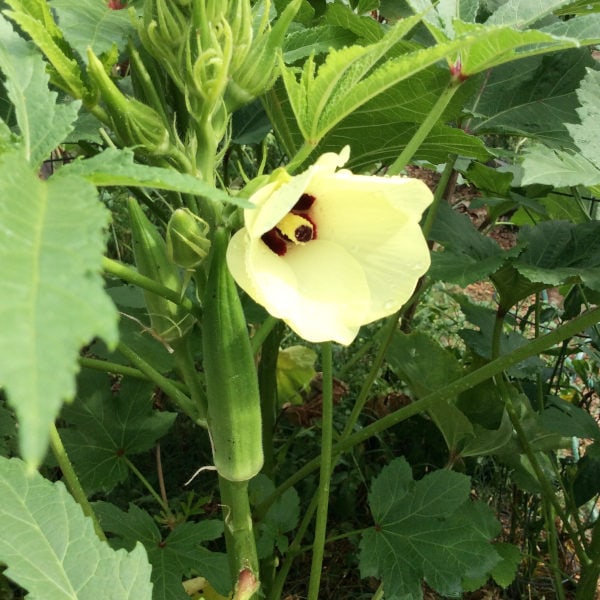
In fact, okra belongs to a food group that produces consistently even when it’s hot and dry outside. To end up with 10,000 to 12,000 pounds per acre, make sure that the growing conditions are what they should be and that you’re doing everything you need to do.
As far as the ideal growing conditions, okra does best when planted in an area that gets full sunlight all day long. Okra can take a variety of soil types, but you have to make sure heavier soils drain well so that waterlogging doesn’t occur.
The thing is, if the drainage of your soil isn’t perfect, you can always use raised free-standing soil beds if you like. During conditions of drought, you can bring in supplemental irrigation. And if root knot nematodes are a problem, you can rotate okra fields to non-host crop species.
You do this in order to lessen the chances of increasing your nematode populations, and you can use non-host crop species such as cereal grains or annual grasses.
Should You Plant on a Specific Date?
It’s good to know when the last frost occurs in your specific area so that you can plant your okra in the spring after that date occurs.
To help you out, here are some average first and last frost dates for certain parts of Oklahoma:
- Broken Arrow: April 11th / October 23rd
- Lawton: April 3rd / November 1st
- Norman: April 8th / October 27th
- Oklahoma City: April 3rd / November 3rd
- Tulsa: April 4th / November 1st
Naturally, you can’t always count on these dates because they aren’t exact dates, but if you go two full weeks in the spring without a frost, you can usually plant your okra without worry.
If you like, you can also plant the okra in pots first and replant in the ground once you know for sure that the frosts are gone.
What happens if you’ve already planted your okra and you realize another frost is coming? If they’re in pots, you can just bring them inside temporarily. If they’ve already been planted in the ground, try covering them with burlap so they can be protected. This doesn’t always work, but you can try it.
Preparing To Plant Your Okra
Now that you know when to plant your okra, let’s talk about what conditions should be there once you decide to plant.
For one thing, okra does best with a soil pH of between 6.0 and 6.8. If your soil is below 5.8, try using lime to increase the number so you don’t get poorly developed pods.
You can prepare the soil by using a traditional clean tillage method that includes deep plowing, disking, and harrowing. Instead of tilling your entire field, you can also strip-till wherever there is a strip of cool-season cover crop left. Strip-till between every two to four rows of okra for the best results.
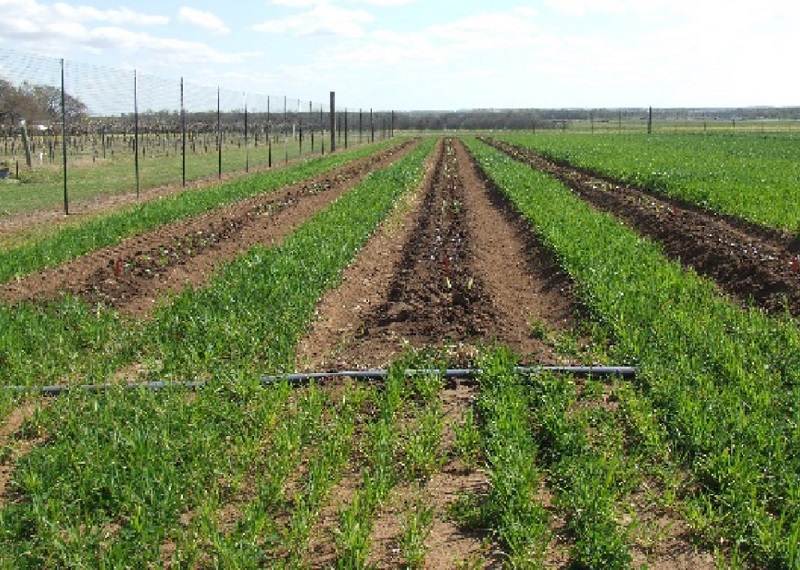
We mentioned earlier that the soil at planting depth should be 70 degrees Fahrenheit or warmer, and this is necessary so you can get a uniform plant stand from your seeds. Usually, direct seeding is the method you want to use, planting them 3/4 to 1 inch deep.
For dwarf-type okra, plant the seeds in rows 42 inches apart; plant them 48 to 60 inches apart if you have medium or large okra plants. Keep in mind that if the rows are too close together, harvesting can be much more of a challenge.
First, seed needs to be spaced 3 to 4 inches apart in each row. Then, they need to be thinned to 12 to 15 inches apart when planting dwarf types and 18 to 24 inches apart for standard or large okra plants.
Remember that you can also use large-diameter and long-podded okra if you like.
Tips and Reminders About Planting Okra in Oklahoma
To be even more successful in growing okra in Oklahoma, keep in mind the following tips:
- The pods are generally ready to harvest when they are 3 to 4 inches in length, although the long-podded versions can stay tender longer.
- Normally, the fruit is ready about four to six days after it blooms.
- For the best results, cut the pods with shears instead of snapping them off by hand and always wear gloves when harvesting okra.
- Wear long pants and a long-sleeve shirt to harvest okra so the short spines don’t irritate your skin
- While okra seldom dies due to diseases or pests, try to hand-pick any bugs or other pests that you see on the plants
The good thing about okra is that it only takes about five to six weeks for the pods to appear. They’re slightly tough at first, but go ahead and harvest them daily and keep them short – roughly 3 to 4 inches long. The stems will be easy to cut, so keep picking until the first very frost and they’ll keep producing.
If you happen to miss any pods but notice them later on, go ahead and remove them and use them as part of your compost pile. Don’t throw them in the garbage where they’ll be wasted and end up in the landfill.
Finally, if you want to pinpoint a date to plant your okra in Oklahoma, check with the almanac to determine when the average date is for the last frost in your area, then subtract 40 days from that date.
You’ll also need to pay close attention to your local weather to determine a more accurate date.
Final Thoughts
Planting and growing okra is not that difficult. As a general rule, you can plant it in Oklahoma after the last frost occurs in the spring. Even better, you can continue to grow it and pick it until the first frost occurs in the fall, usually in either late October or early November.
When the temperature of the soil at planting depth is at a minimum of 70 degrees Fahrenheit, you can feel confident about planting your okra seeds. If you plant them too late, your okra will end up being way too small or you may not be able to grow any at all.
Fortunately, planting okra is relatively easy regardless of where you live in Oklahoma. All you have to do is follow a few simple rules and pay attention to what you’re doing, and you should end up with delicious okra to enjoy.
Remember that okra is a very healthy food to eat, and growing your own fresh okra is much like growing many other yummy and healthy foods for your next meal. It is easy, cheap, and even a lot of fun to grow okra.
